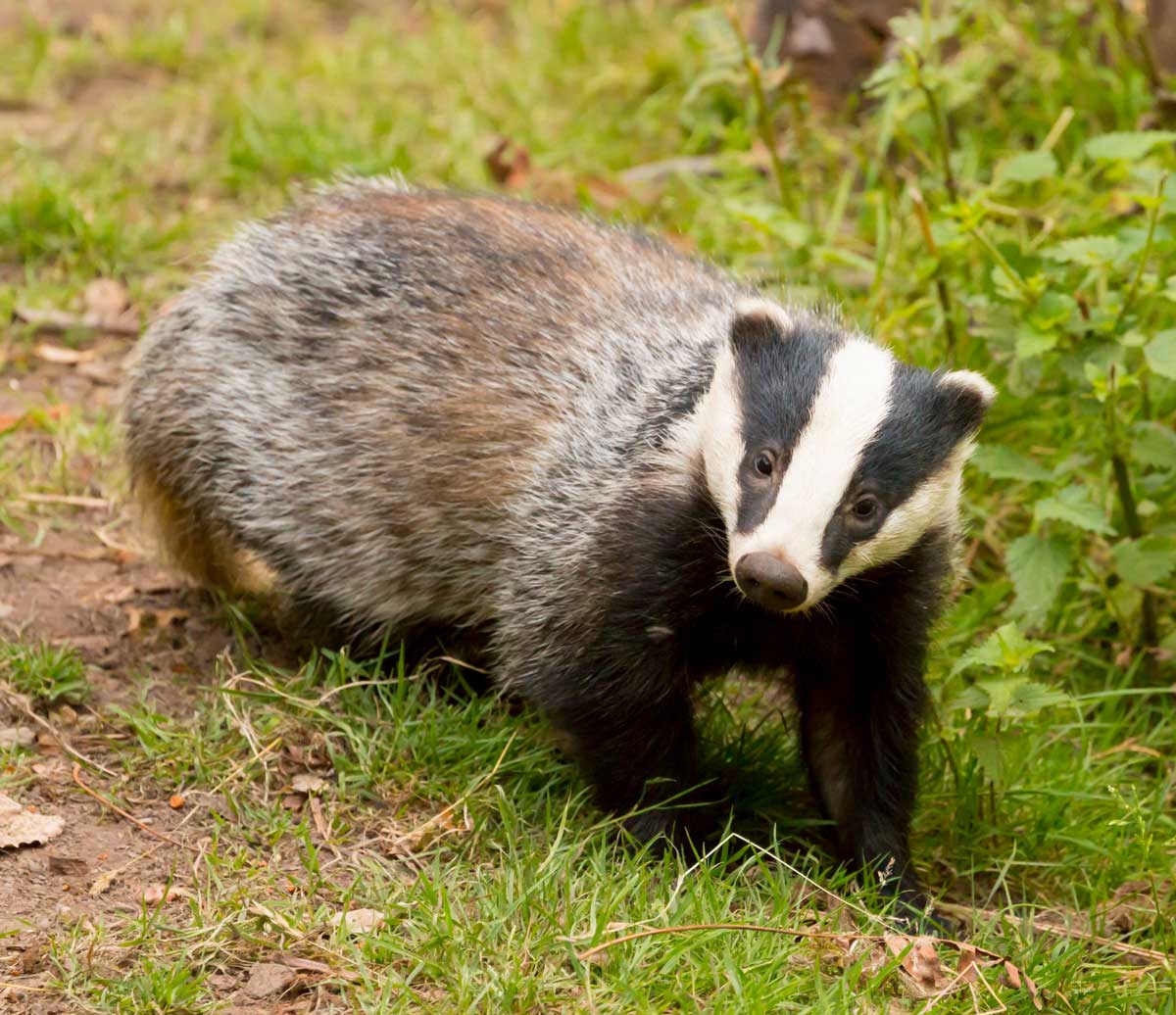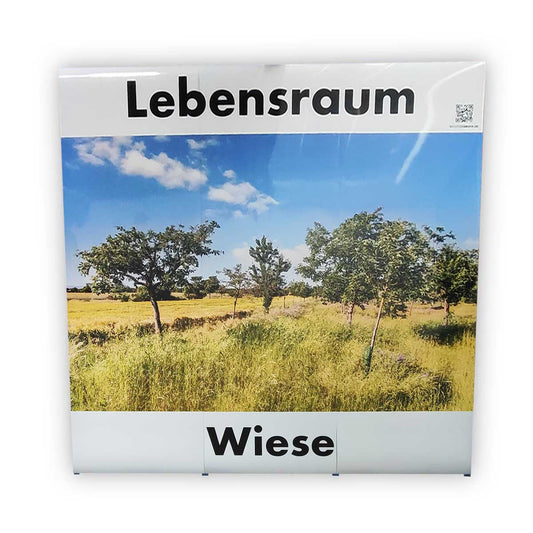
Badger
The European badger is known for its hardy nature and social behaviour, lives in complex underground burrows and plays an important role in the ecosystem through its omnivorous diet. This fact sheet provides a detailed overview of the biology and ecology of the badger and highlights the need to protect and conserve its habitat.
Badger Products
-
Starter set - "Black Forest"
7 reviewsRegular price From 399,90€Regular priceUnit price / per -
Animal display badger
Regular price From 59,90€Regular priceUnit price / per -
Life-size deer foot stamp
1 reviewRegular price 159,90€Regular priceUnit price / per -
Animal set - forest animals
3 reviewsRegular price 359,90€Regular priceUnit price / per -
Life-size deer foot stamp
No reviewsRegular price 18,90€Regular priceUnit price / per -
Animal display badger - outdoor set
No reviewsRegular price 75,50€Regular priceUnit price / per -
Pop-Up Wall "Forest Habitat"
No reviewsRegular price 300,00€Regular priceUnit price / per -
Pop-Up Wall "Forest Habitat"
No reviewsRegular price From 1.200,00€Regular priceUnit price / per
Profile: Badger
-
Scientific classification
- Class: Mammalia (mammals)
- Order: Carnivora (predators)
- Family: Mustelidae (Martens)
- Genus: Meles
- Species: M. meles (European badger)
-
Physical characteristics
- Size: Body length of 65-80 cm
- Tail length: 12-20 cm
- Weight: Males up to 17 kg, females slightly lighter
- Special features: Stocky body, short legs, striking black and white stripes on the face, long silver-grey fur on the body.
-
Habitat and distribution
- Common regions: Widely distributed in Europe, Asia and introduced as an invasive species in Japan.
- Habitat: Deciduous and mixed forests, but also open fields, parks and gardens; prefers regions with loose soil for digging burrows.
- Adaptability: High, can adapt well to rural and peri-urban areas.
-
Nutrition
- Diet: Omnivore
- Typical food: worms, insects, larvae, roots, fruits and occasionally small mammals and birds.
-
Reproduction and lifestyle
- Mating season: February to May
- Gestation period: Approx. 7 weeks (with a special feature of delayed implantation, so that the young are usually born in spring)
- Litter size: Average 2-5 young
- Social structure: Lives in complex social group structures called “clans” that use common burrows and have hierarchical structures.
-
Lifespan and protection status
- Life expectancy: Up to 14 years in the wild, but less on average
- Endangered status: Least concern; stable populations, although threatened in some areas by diseases such as TB and by habitat loss
- Conservation measures: Conservation of habitats, particularly forests and safer road crossings to reduce mortality.








